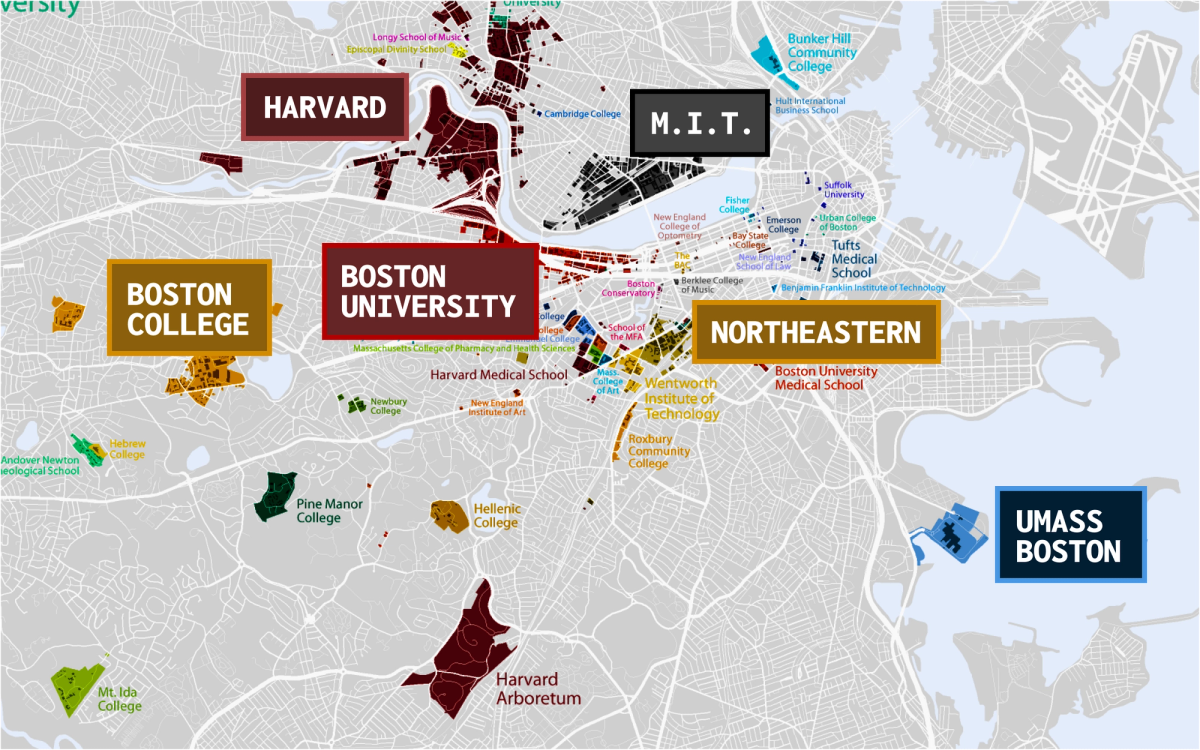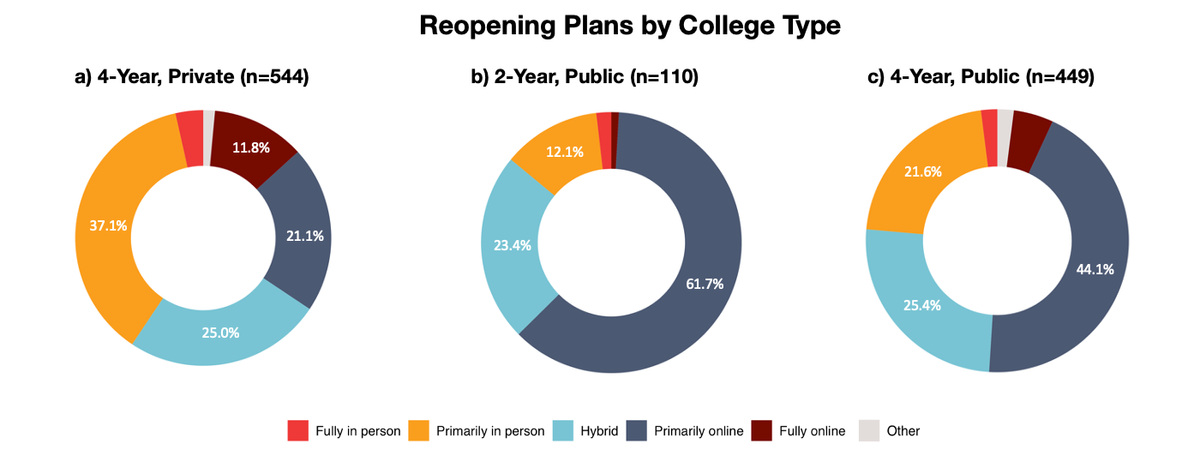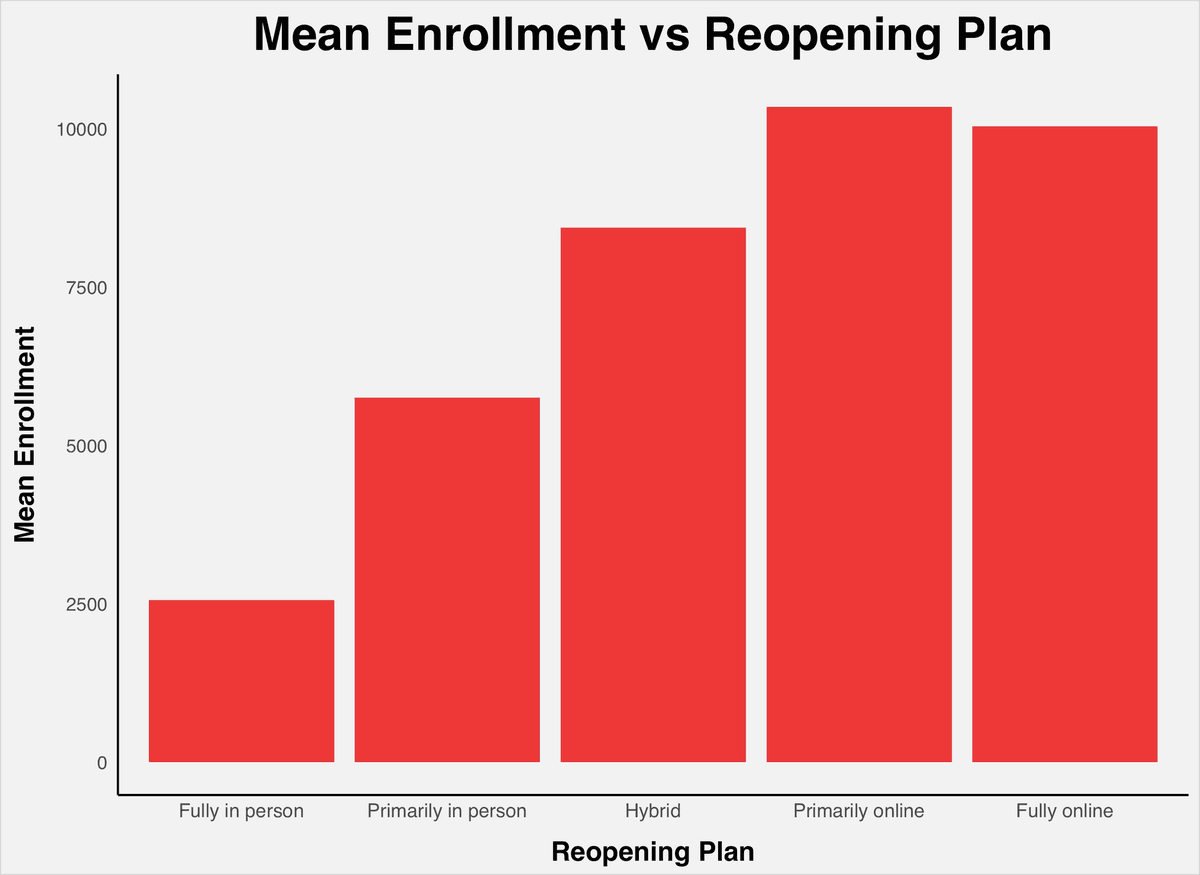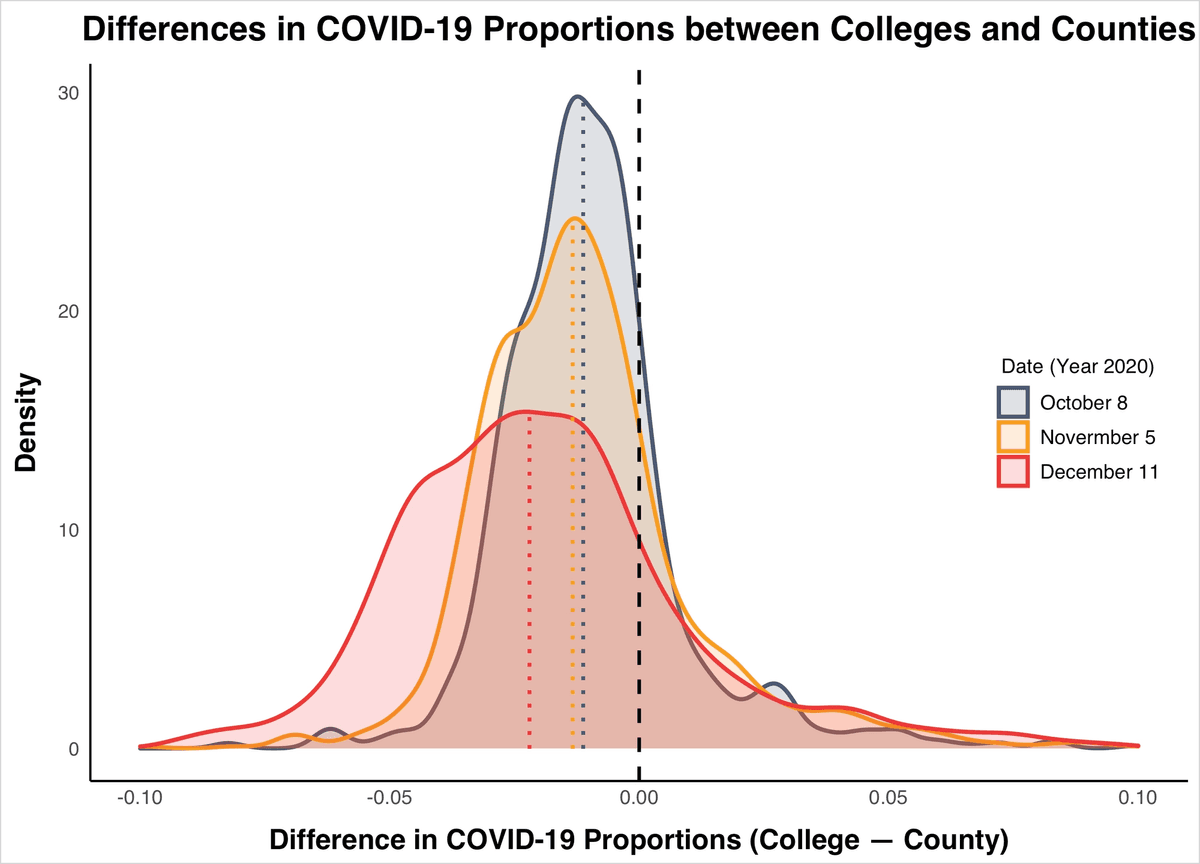
College COVID-19 Reopening Plans
A data-driven look at college plans in Fall 2020.
Introduction
COVID-19 has dramatically altered the landscape of higher education in the United States. As universities across the country flip flop on their reopening plans, students are left scrambling to accommodate yet another semester away from campus. Students are frustrated by a widespread lack of transparency and timely communication from universities about how reopening decisions are made. Those decisions are not taken lightly, and vigorous debates among university administrators often center around the same key questions: is it possible to consistently limit COVID transmission in a campus environment that is susceptible to super-spreader events? Equally important, would reopening put the surrounding community at increased risk during the pandemic? With new data from the fall semester, we are finally in a position to help shed some light on the factors that go into the development and sustainability of university reopening plans.
Data and Methods
We compiled our dataset from a variety of sources to include type of reopening plan; university enrollment numbers; and COVID-19 case counts within campuses, counties, and states. One portion of our dataset — the number of COVID-19 cases across 1,234 U.S. colleges — was collected from a public repository created by the New York Times, from which we pulled data on three dates: October 8, November 5, and December 11, 2020. The second part of our dataset — the proportion (prevalence) of COVID-19 cases for county and state — was collected from data published by Johns Hopkins University and the U.S. Federal Census. Finally, we used R to scrape each college’s classification (4-year public, 2-year public, or 4-year private), 2018 enrollment numbers, and reopening plan data from the Chronicle of Higher Education.
Before investigating the effectiveness of college reopening plans in curbing the spread of COVID-19 on campus, we first explored the distribution of reopening plans across all U.S. colleges. An interactive plot of the proportion of students with COVID-19 is shown below. Each data point represents one college at a particular date, and hovering over each point provides more information regarding the institution and its reopening strategy.
What Reopening Plans Did Schools Choose?
The mixed bag of reopening plans in higher education is reflective of the decentralized approach the U.S. has adopted in its pandemic response at large. Each state has been left to develop its own policies on school safety, which we suspect has made it difficult for administrators across universities to pool resources and develop key guidelines for successful reopening that all institutions can follow. Without a centralized set of resources, individual schools have been left no choice but to experiment with the many unique plans we see in the data. Often with little insights into the process, students are left to suffer this trial and error of reopening proposals, edits, and reversals.

What Factors Influenced Reopening Decisions?
Looking at the distributions of reopening plans across different college types (shown below), we see a quite noticeable difference in reopening plan-type between public and private colleges. A chi-square test for homogeneity confirmed that the distributions of reopening plans across different college types were significantly different from each other (p-value << 0.001).

Among other factors, we suspect this finding is related to a difference in financial resources between the two types of institutions. Public colleges receive most of their funding from the federal government, making them less dependent on income from student tuition. Private colleges, though, receive the bulk of their funding from student tuition. This could motivate administrators of private schools to pursue in-person options in hopes that such plans would entice more students to enroll.
More importantly perhaps, the number of students who would be on campus was a likely driving force for reopening plan decisions. Public universities tend to be a lot larger than private universities, making it significantly more challenging to enforce the social distancing measures, quarantine, and frequent COVID testing procedures that are prerequisites for school safety. Therefore, it makes sense that public schools, generally with larger student bodies, opt for more online options. The plot below depicts university size (via mean enrollment) against the type of reopening plan.

By analyzing county-level COVID-19 case data across the country, we saw that the prevalence of COVID in the surrounding county had an impact on a college’s reopening plan. We looked specifically at data from July 1, 2020, as it was during the period when most colleges were still debating reopening decisions for Fall 2020. As shown below, there was a significant difference between the average county COVID-19 prevalence for primarily in-person colleges and primarily online colleges (p-value: 0.034). Schools in counties with higher COVID prevalence pursued more cautious, i.e. more online-heavy, reopening plans than schools in counties with lower COVID prevalence.

Financial resources, student enrollment, and COVID-19 prevalence in the surrounding areas were likely key factors for administrators in the decisions surrounding university reopening.
How Effective Were College Reopening Plans?
After so much experimentation with reopening plans, edits, and reversals, were universities ultimately successful in safely bringing back students during Fall 2020?
To arrive at this conclusion, we analyzed the distribution of differences between college and county COVID-19 prevalence on three different dates: October 8, November 5, and December 11, 2020. Effective strategies are defined as those that resulted in a difference significantly less than 0, which indicates that a college was able to keep campus transmissions low relative to surrounding counties.

For all three dates investigated, the average difference in COVID-19 proportions was significantly less than 0 (p-value < 2.2e-16 for all dates), indicating that, on average, college reopening strategies were effective. Nevertheless, there were still over 200 institutions with ineffective strategies on each of the three dates sampled.
A pleasant surprise was that, as time went on, the median difference between college and county COVID-19 rates became more negative. In fact, from November 5 to December 11, the average difference in COVID-19 proportions significantly decreased, indicating that county proportions increased faster than college proportions, since all proportions in this project are cumulative. This suggests that college reopening plans were effective in reducing COVID-19 transmission rates despite an increase in COVID-19 transmission rates in their surrounding communities.
It’s important to remember that there may be many confounding factors at play here, such as a lack of regular testing on some college campuses that would cause many COVID-19 cases to go unreported. However, our analysis suggests that most institutions across the U.S. employed reopening strategies that were both advised and largely effective.
Conclusion
The COVID-19 outbreak undoubtedly sent many colleges into a state of uncertainty and disarray as they searched for the most effective reopening strategy. Financial resources, student enrollment, and COVID-19 prevalence in the surrounding areas significantly impacted decisions about university reopening plans. Our data suggest that colleges not only employed advised reopening strategies, but were able to maintain effective strategies, despite significant increases in COVID-19 proportions within their surrounding communities. Our analysis suggests that for Spring 2021, colleges are well positioned to curb the spread of COVID-19 on campuses, perhaps even despite the rising COVID-19 cases across the United States.
